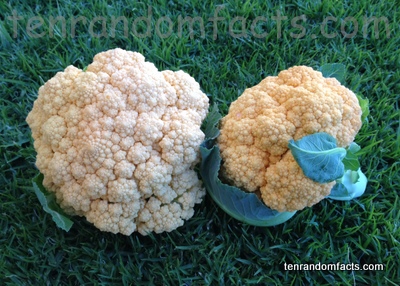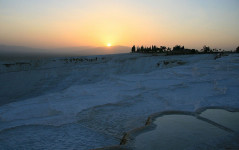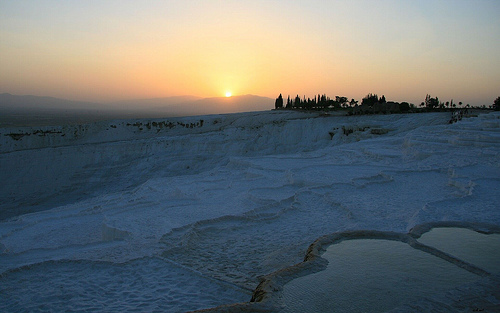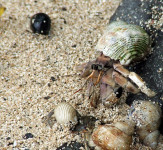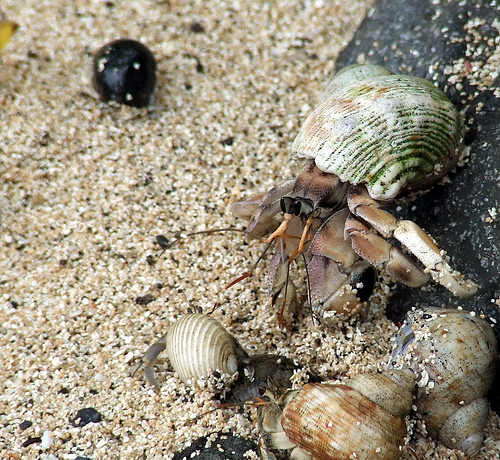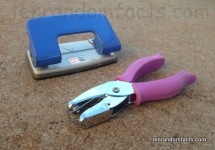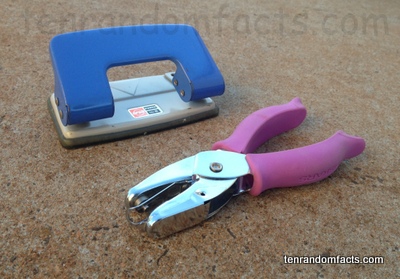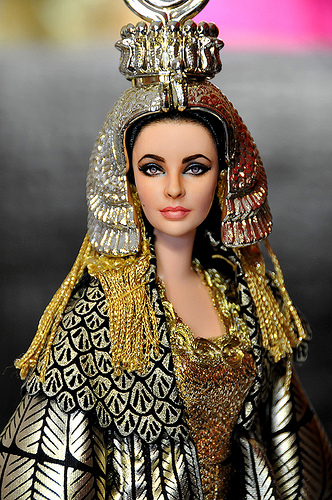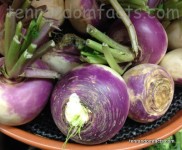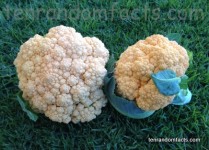
The only flower in the cauliflower is in its name.
- Cauliflowers are a vegetable that grow on the annual or biennial plant Brassica oleracea botrytis.
- Cauliflowers are roughly spherical in shape, cradled by leaves, and the more it is cooked the softer it becomes.
- ‘Cauliflower’ comes from the Latin word for ‘cabbage’, which is ‘caulis’.
- Cauliflowers are from the Brassicaceae family, the family of mustards, crucifers and cabbage.
- Cauliflower heads can be coloured cream, green, orange or purple.
- Cauliflowers are believed to be originally from the area of Asia Minor and western Asia’s Syria, and from there, spread throughout Europe.
- Cauliflower heads are not flowers but instead numerous flower buds.
- Cauliflowers are commonly eaten raw, in salads, soup, casseroles, or as sides, and is often accompanied with a white sauce.
- Cauliflowers contains numerous healthy chemicals that, when boiled, can be significantly diminished.
- Raw cauliflower is very high in vitamin C, is a good source of vitamin K, and it also has many other vitamins and minerals.
Bibliography:
Cauliflower, 2011 Fresh for Kids, http://www.freshforkids.com.au/veg_pages/cauliflower/cauliflower.html
Cauliflower, 2014, Wikipedia, http://en.wikipedia.org/wiki/Cauliflower
Cauliflower, 2014, The World’s Healthiest Foods, http://www.whfoods.com/genpage.php?tname=foodspice&dbid=13





